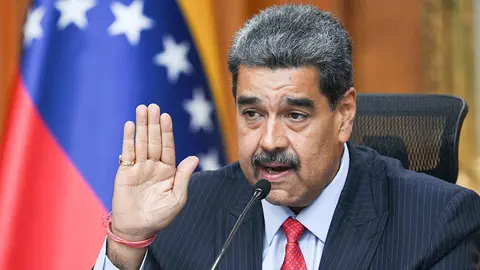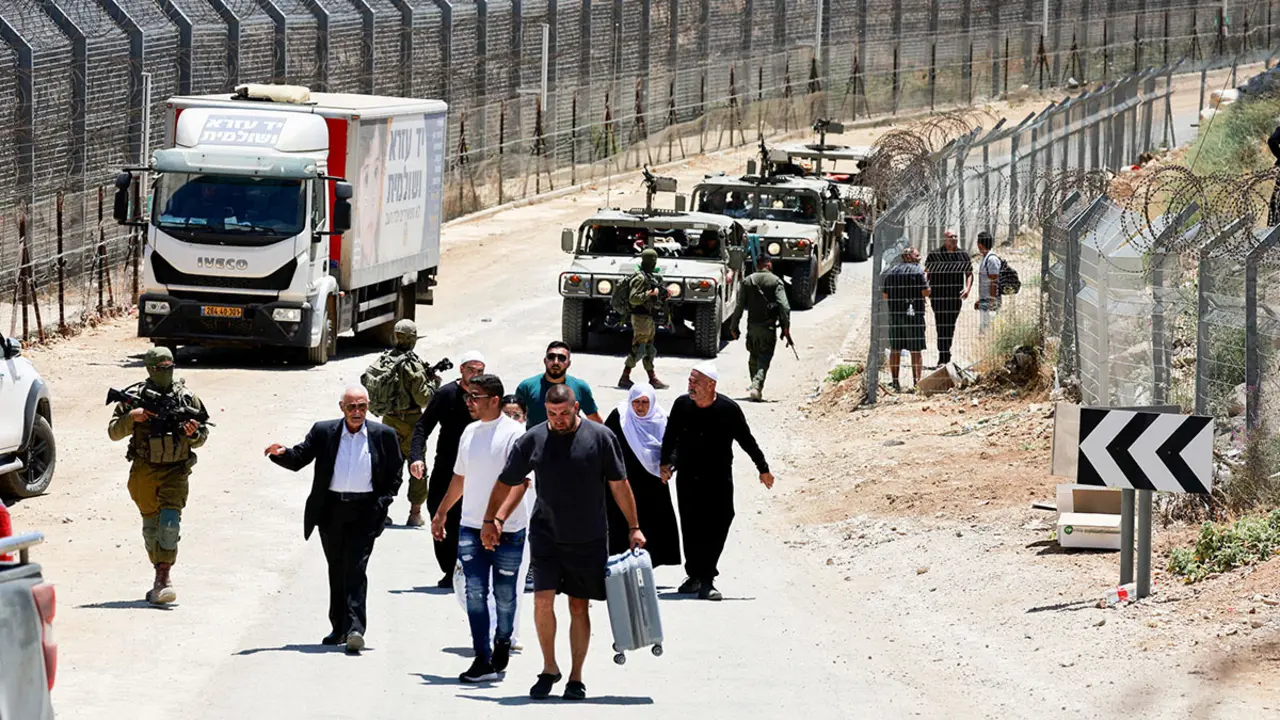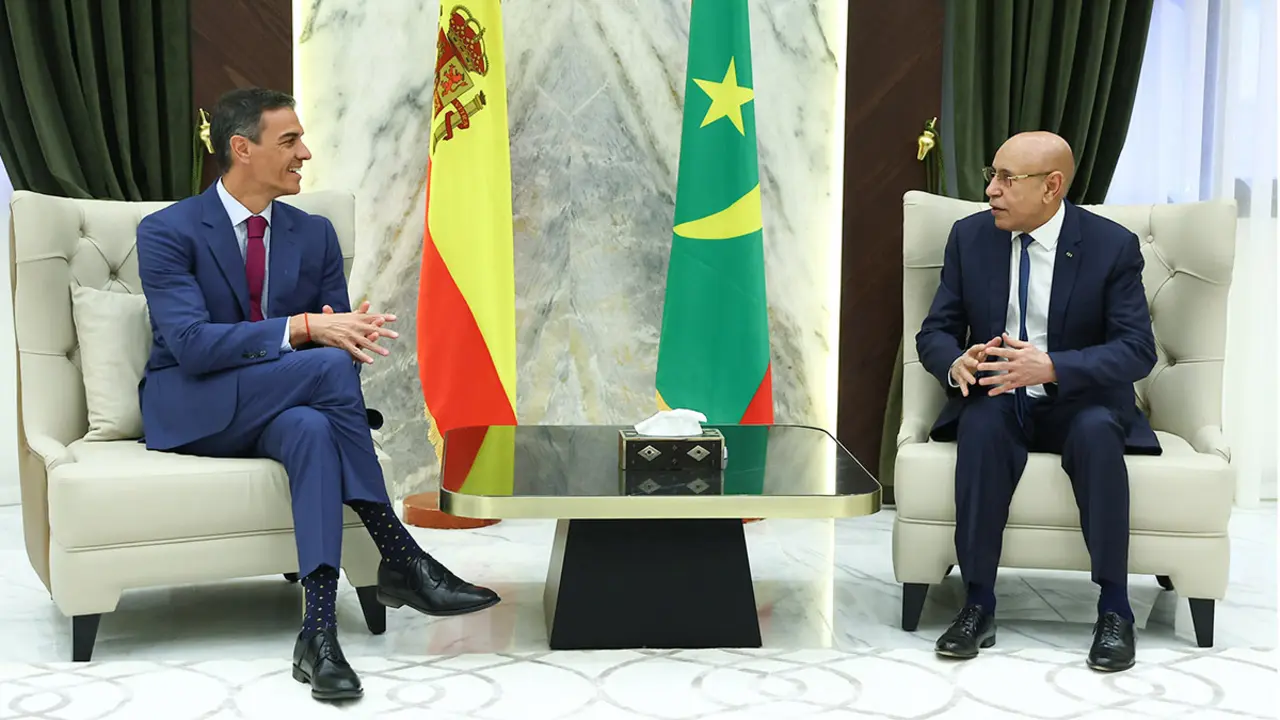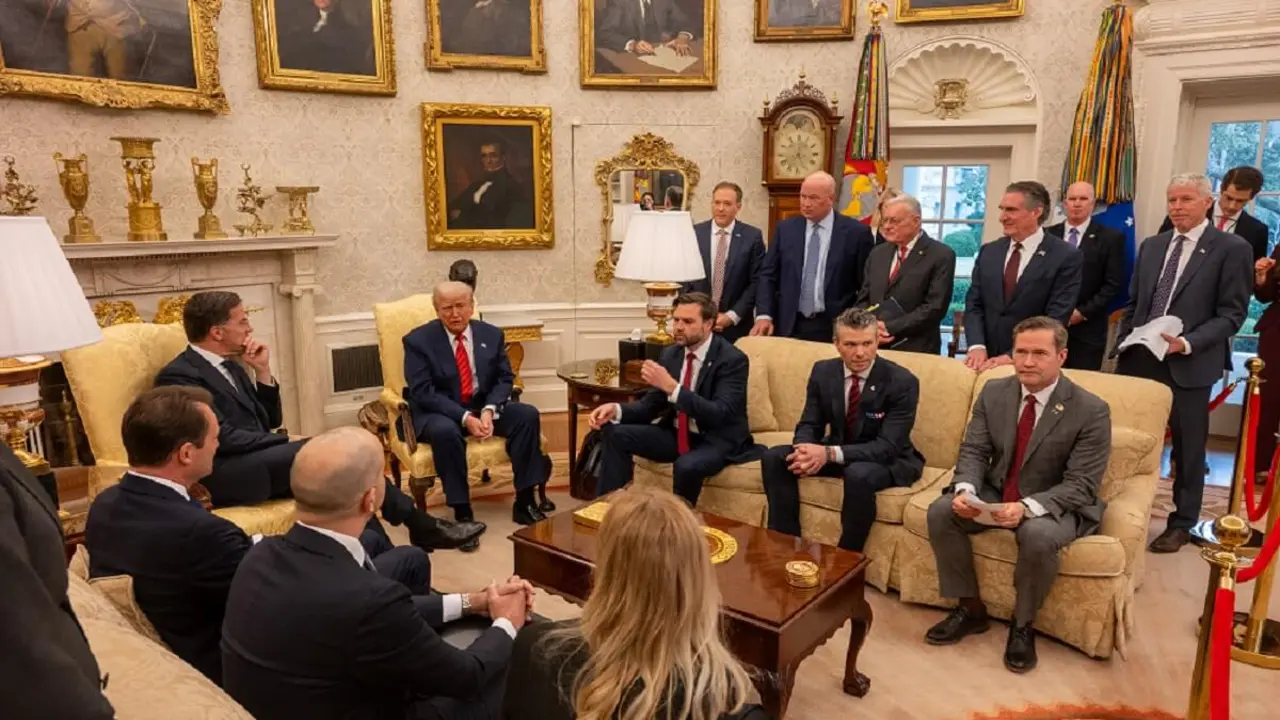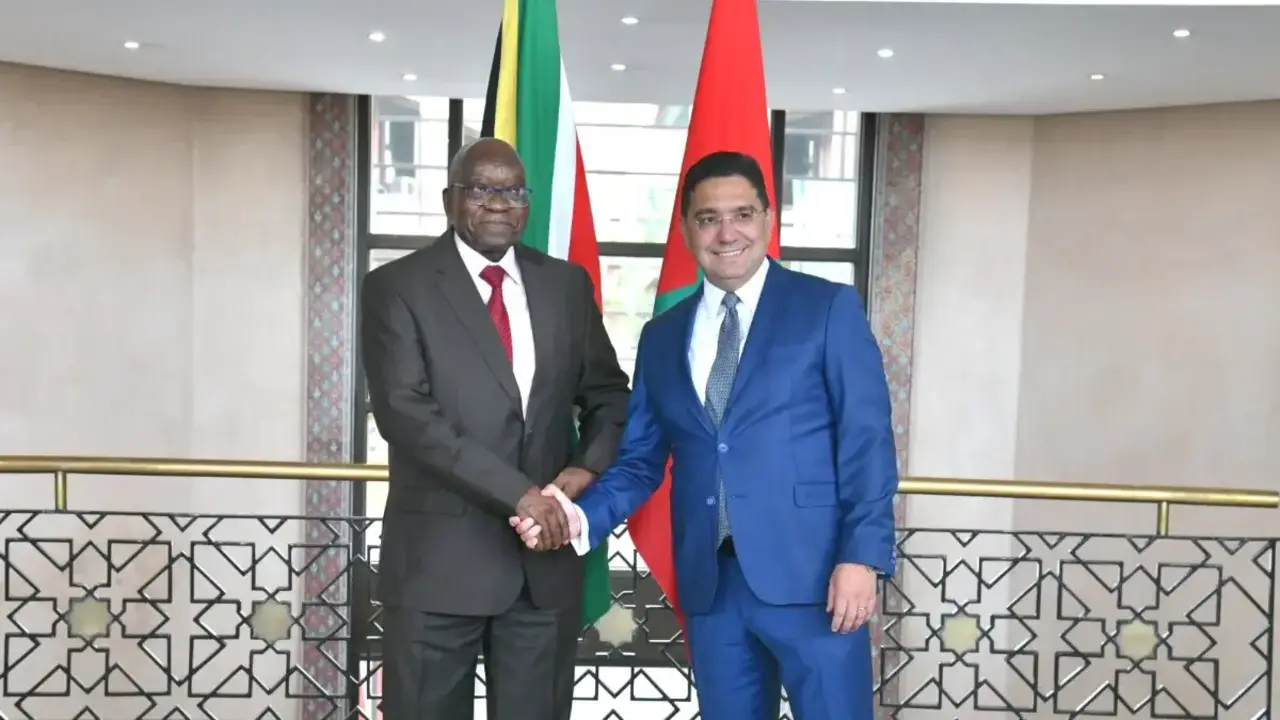Iran and Russia make progress in creating a strategic energy corridor
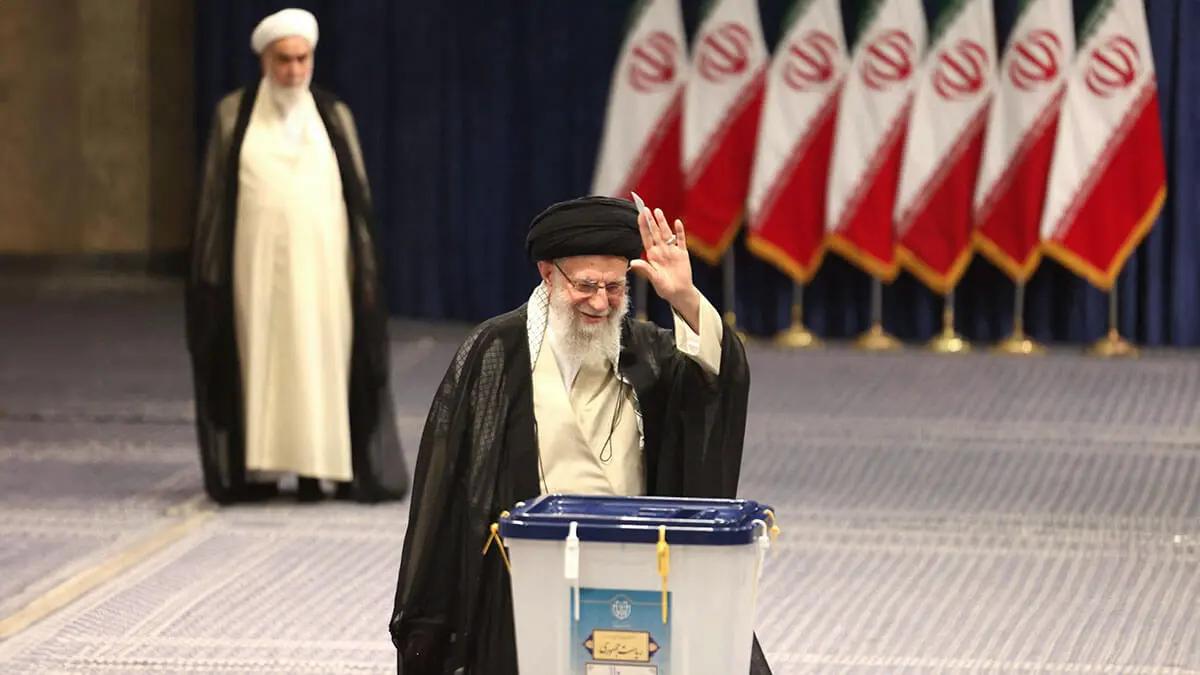
Iran's oil minister Javad Owji announced last week that his country will begin work on an energy corridor that will provide a direct link from Russia to Iran. However, analysts point out that geopolitical benefits for Moscow and Tehran are one of the main objectives of this project.
As Al Arab reports, this corridor is in addition to the initial four-party 40 billion dollar deal signed between Russian gas giant Gazprom and the National Iranian Oil Company in July 2022. This agreement is part of a 20-year comprehensive cooperation pact between Iran and Russia, approved by Supreme Leader Ali Khamenei on 18 January this year.
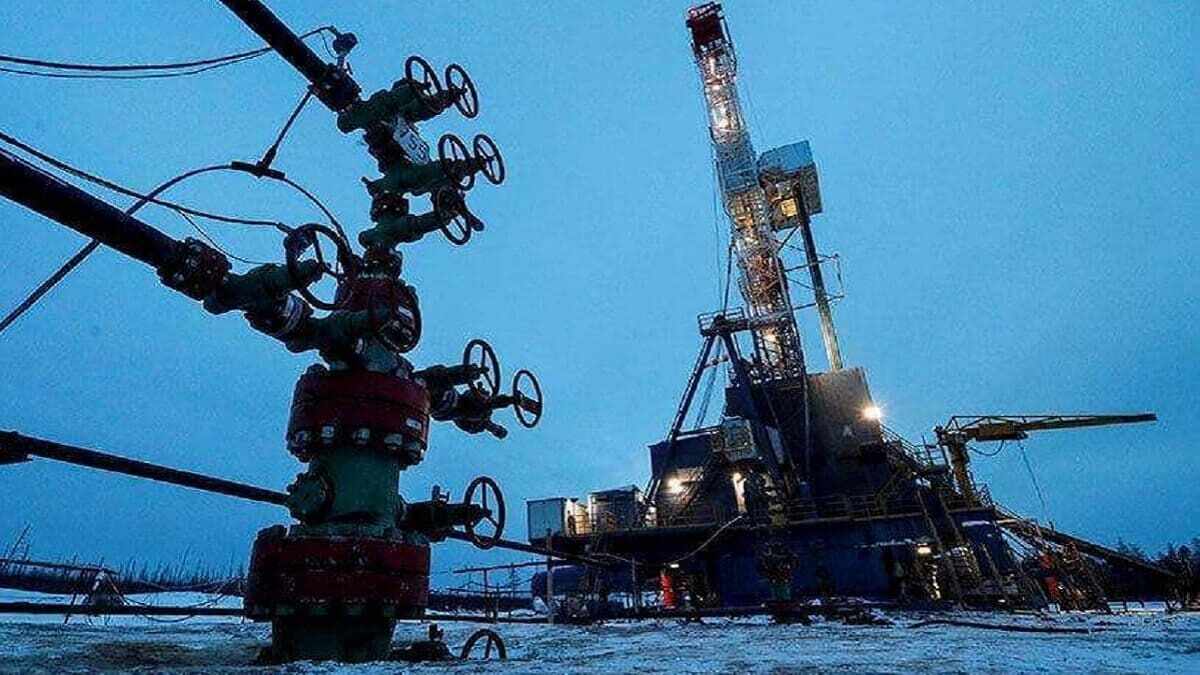
The new treaty on the Basis of Mutual Relations and Principles of Cooperation between Iran and Russia, which spans two decades, complements many of the key elements of the 25-year Comprehensive Cooperation Agreement between Iran and China.
According to analyst Simon Watkins, in a report published in Oil Price, these agreements include not only a more secure oil and gas trading partnership between Russia, Iran and China, using local currencies instead of the US dollar, but also a long-established Iranian 'land bridge'. This would allow Russia to move whatever it wants (including weapons) smoothly through Iran and into Syria's Mediterranean coast for use by its main allies against Israel directly, and the US indirectly.
The 40 billion dollar deal with Gazprom includes several key projects: the development of the Kish and North Pars gas fields to produce more than 10 million cubic metres of gas per day; a 15 billion dollar project to increase pressure in the South Pars gas field on the Iranian-Qatari maritime border; the completion of major LNG projects and the construction of pipelines to export gas to other countries in the region; and the promotion of a 'gas OPEC' with Russia and Iran at its centre.
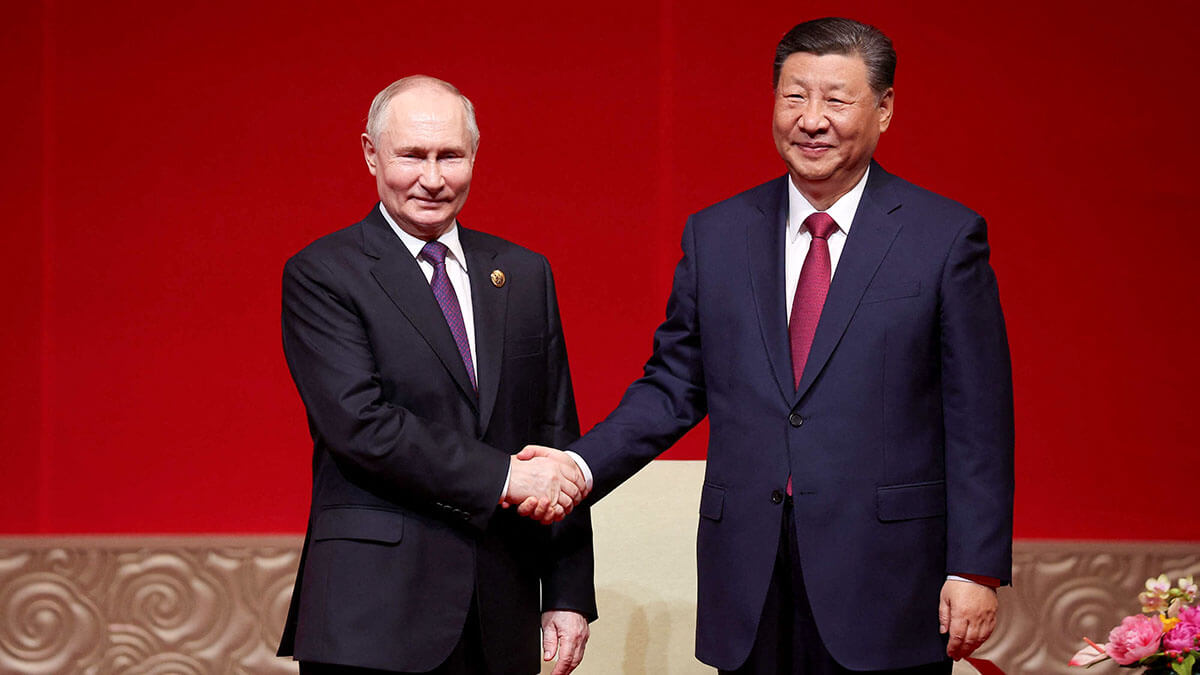
Russia and Iran, which hold the world's largest gas reserves, hope that this alliance will convince Qatar to rejoin their sphere of influence by revitalising the Gas Exporting Countries Forum. For China, this alliance is beneficial, as it secures long-term energy supplies and promotes trade in renminbi. Since the imposition of sanctions on Russia following its invasion of Ukraine in 2022, LNG has gained importance as an emergency energy source, and China has managed to secure most of its production in long-term contracts.
In addition, Chinese President Xi Jinping has promoted oil and gas trade between Middle Eastern countries and China to be conducted in renminbi, rather than the US dollar, strengthening its geopolitical and economic position. This approach was discussed at high-level meetings in January 2022 between Chinese officials and foreign ministers from several Gulf countries.
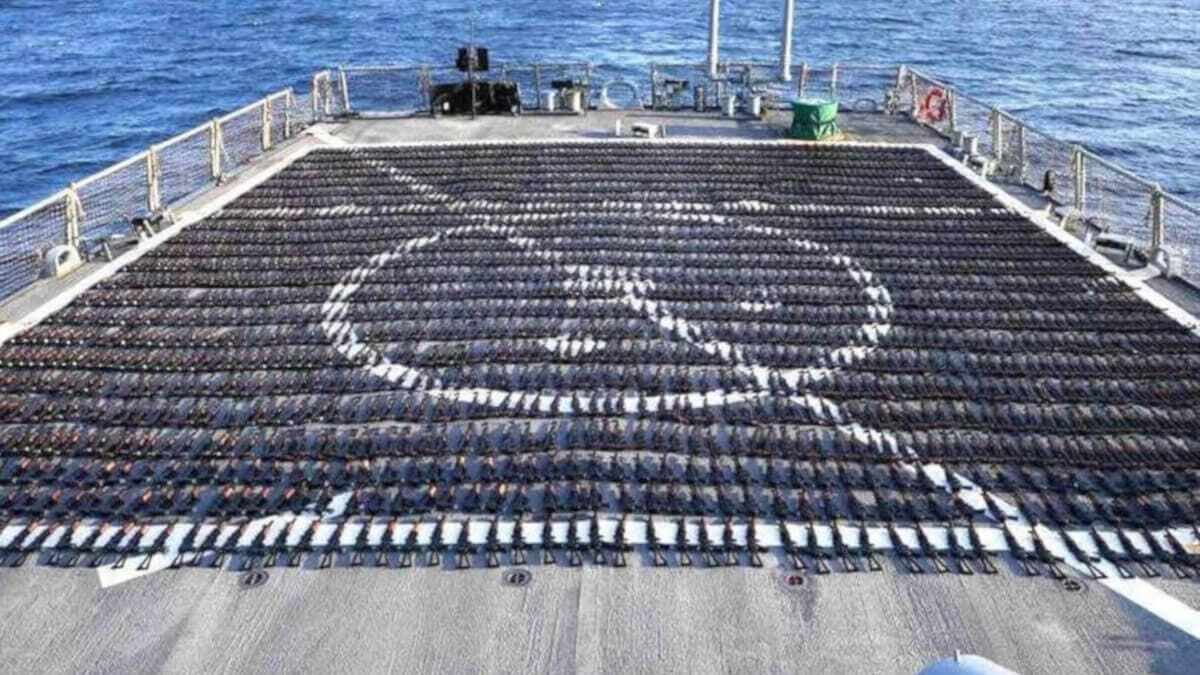
The new energy corridor has not only economic but also geopolitical implications, strengthening a strategic alliance and challenging US influence in the Middle East. With a strong Russian military presence in Syria and support for infrastructure projects in Iraq and China, the corridor also serves as an avenue to increase arms shipments and provoke conflict in the region.
The creation of this 'land bridge' will allow Iran and Russia to significantly increase arms shipments to southern Lebanon and the Golan Heights area of Syria, with the aim of destabilising the region and dragging the US and its allies into further conflict.


